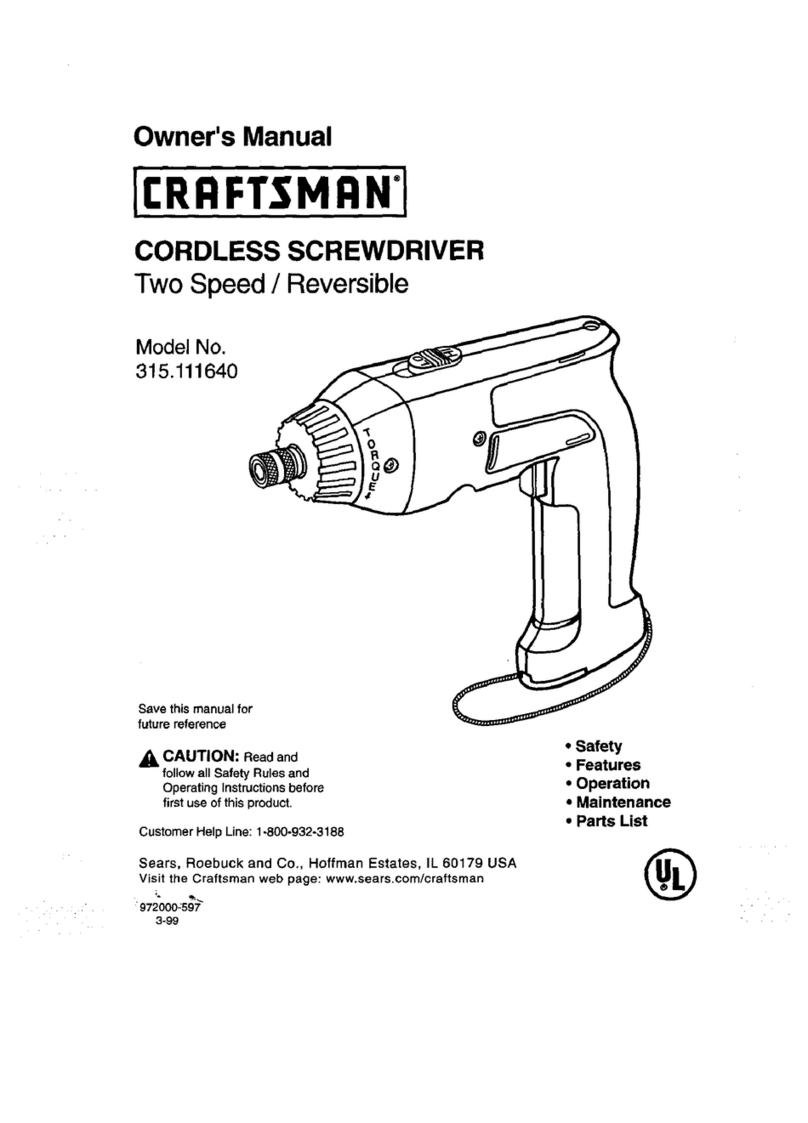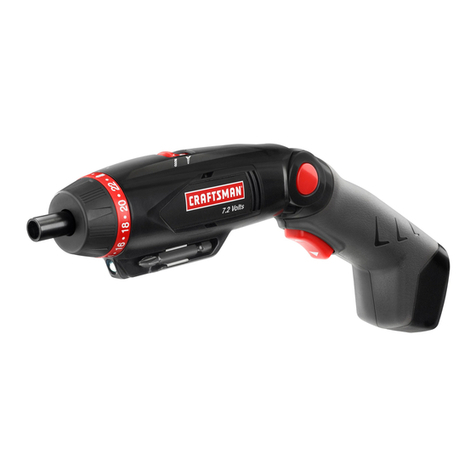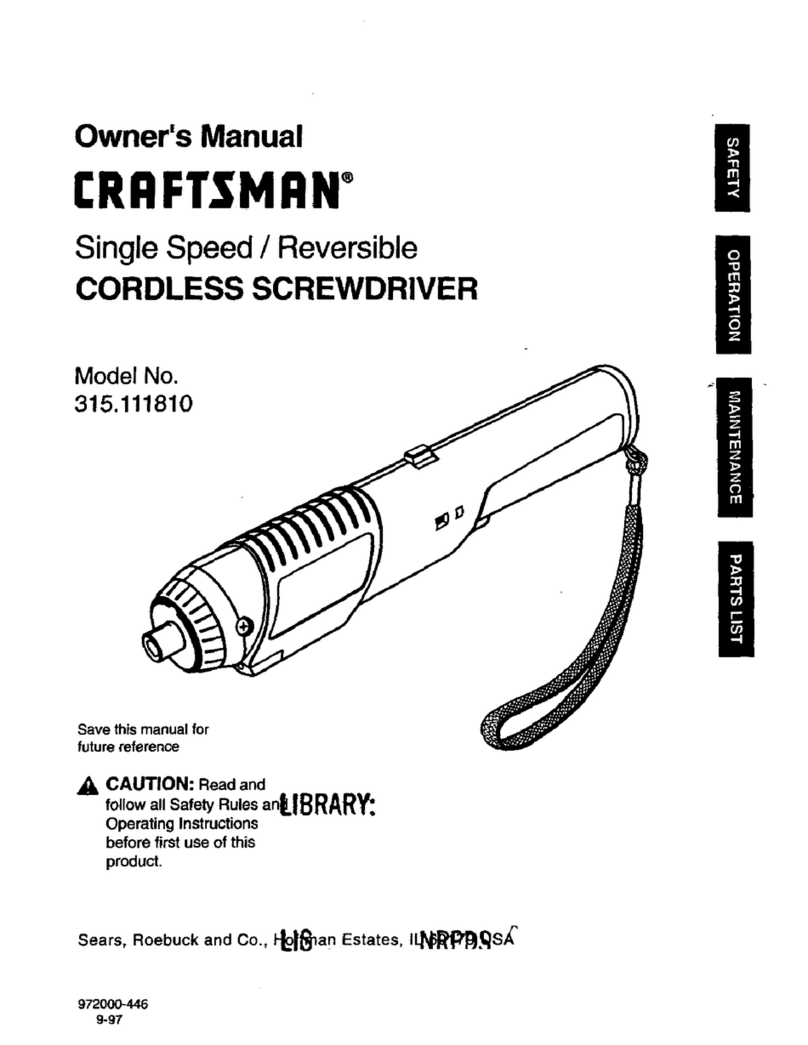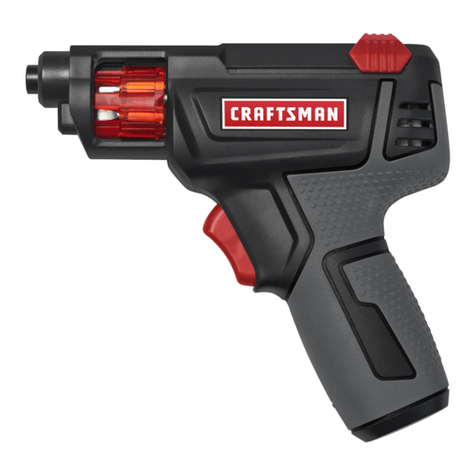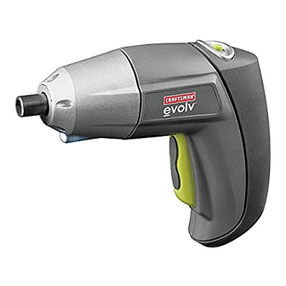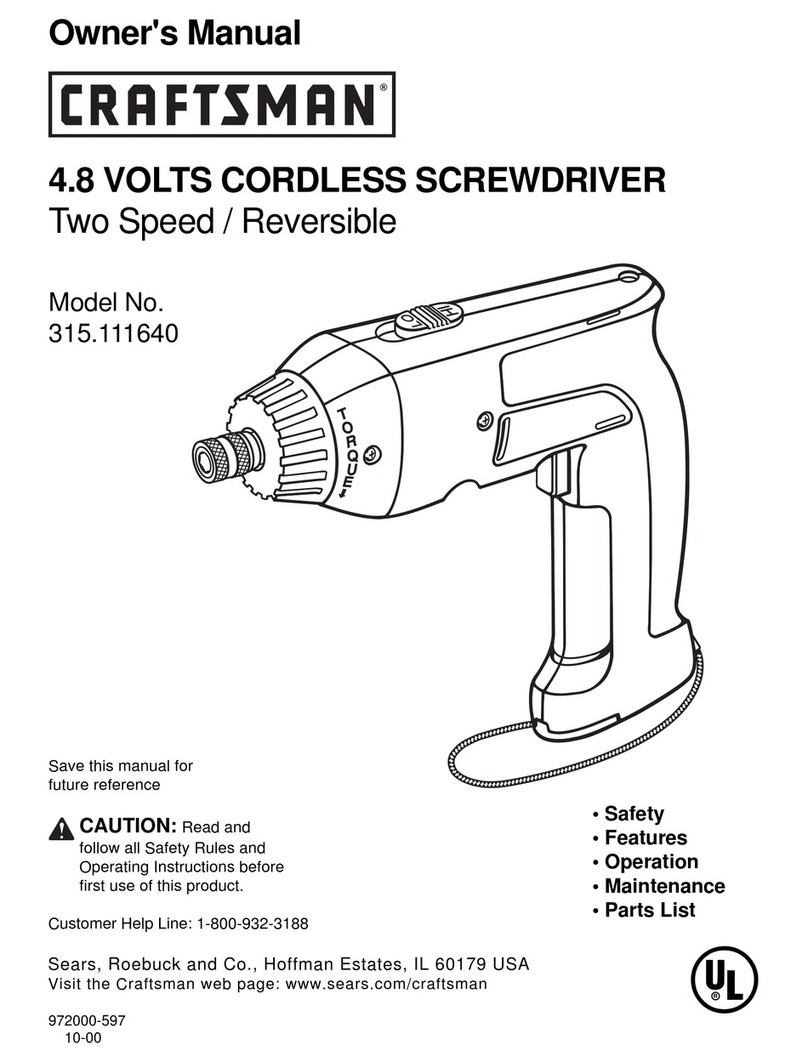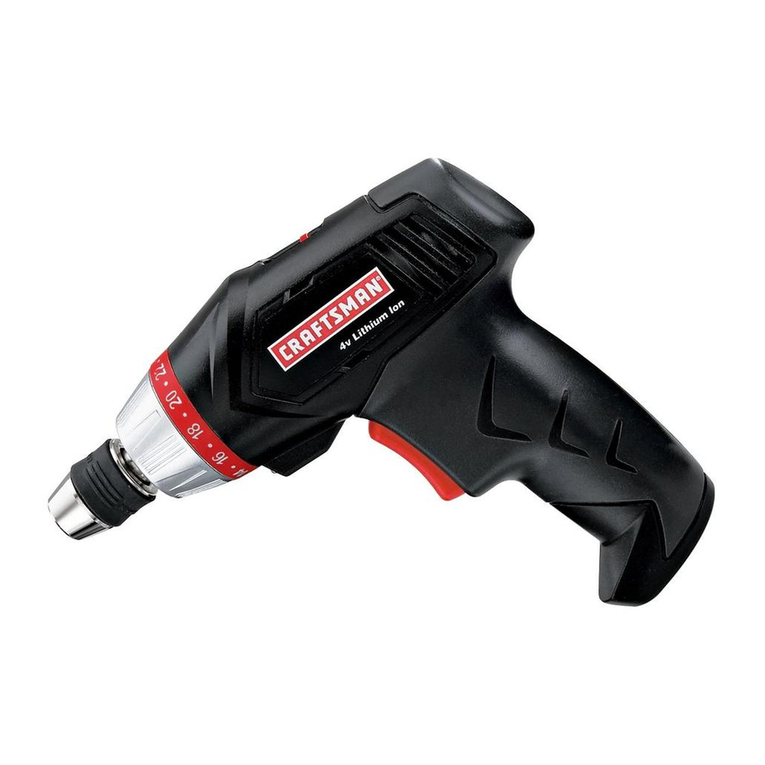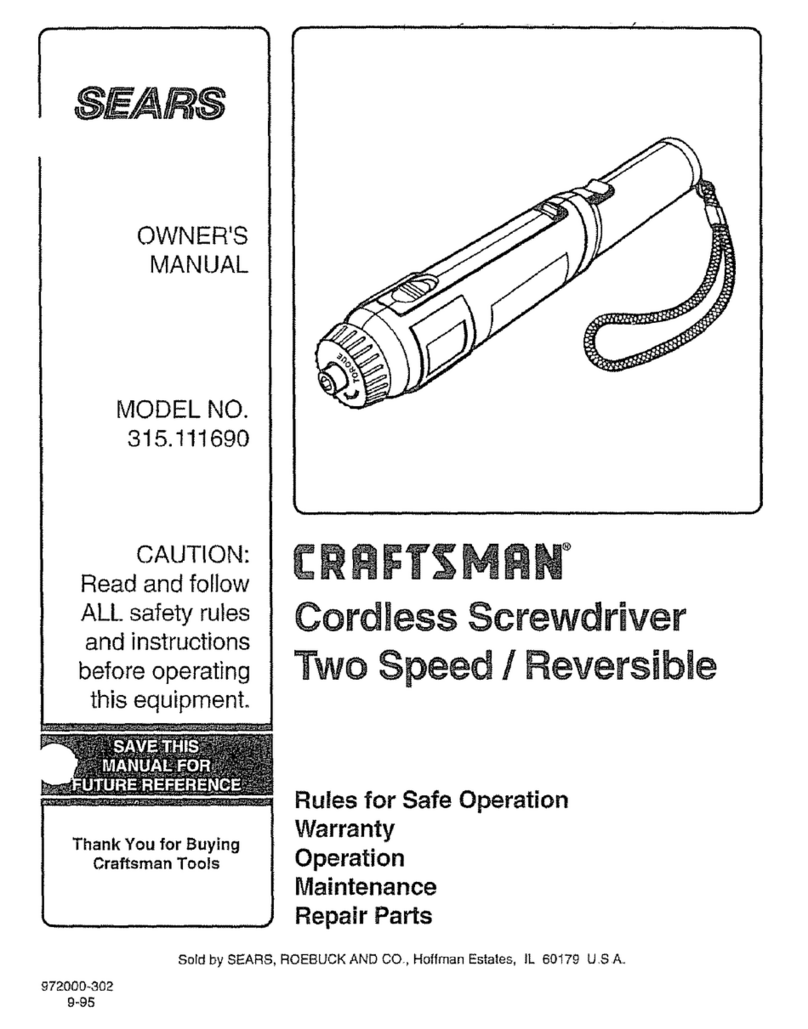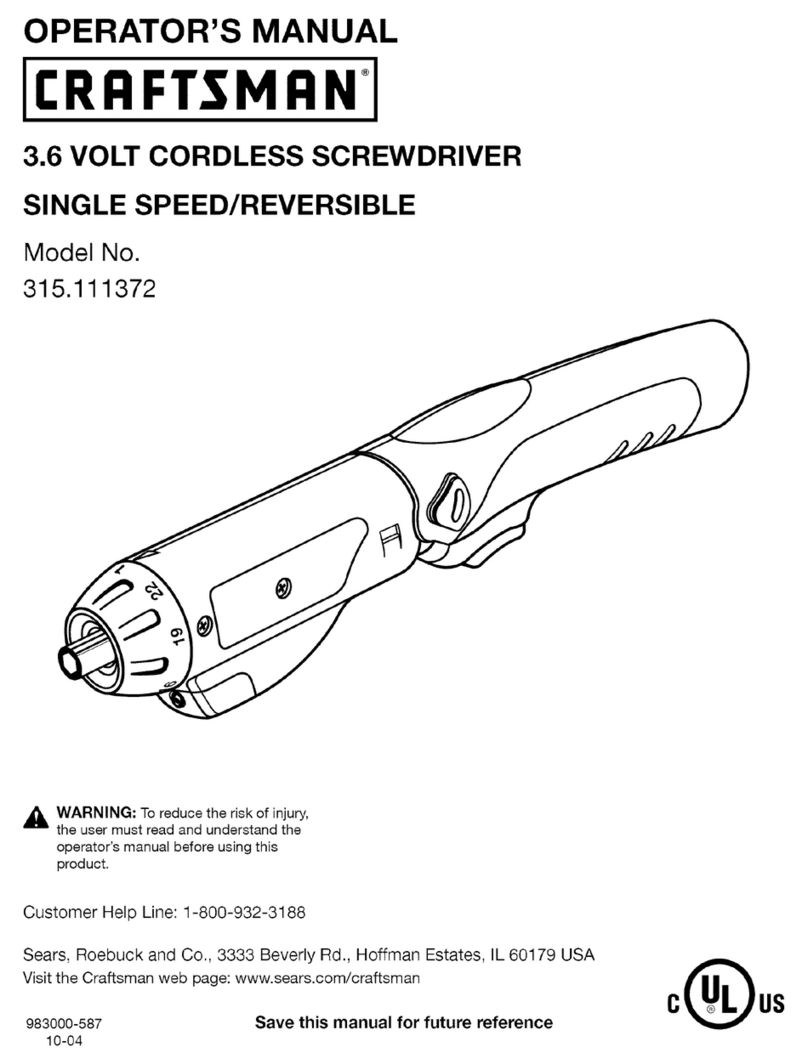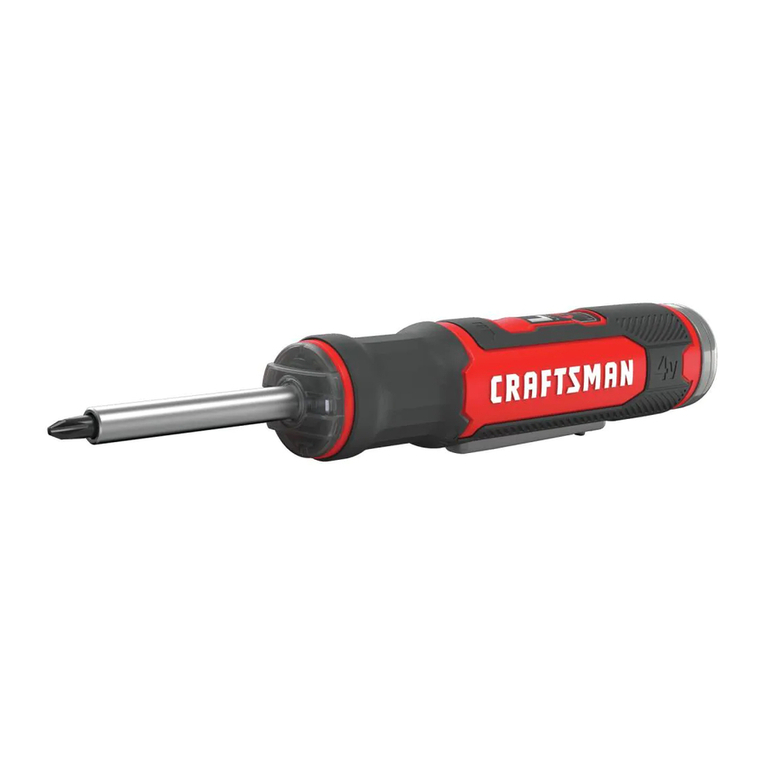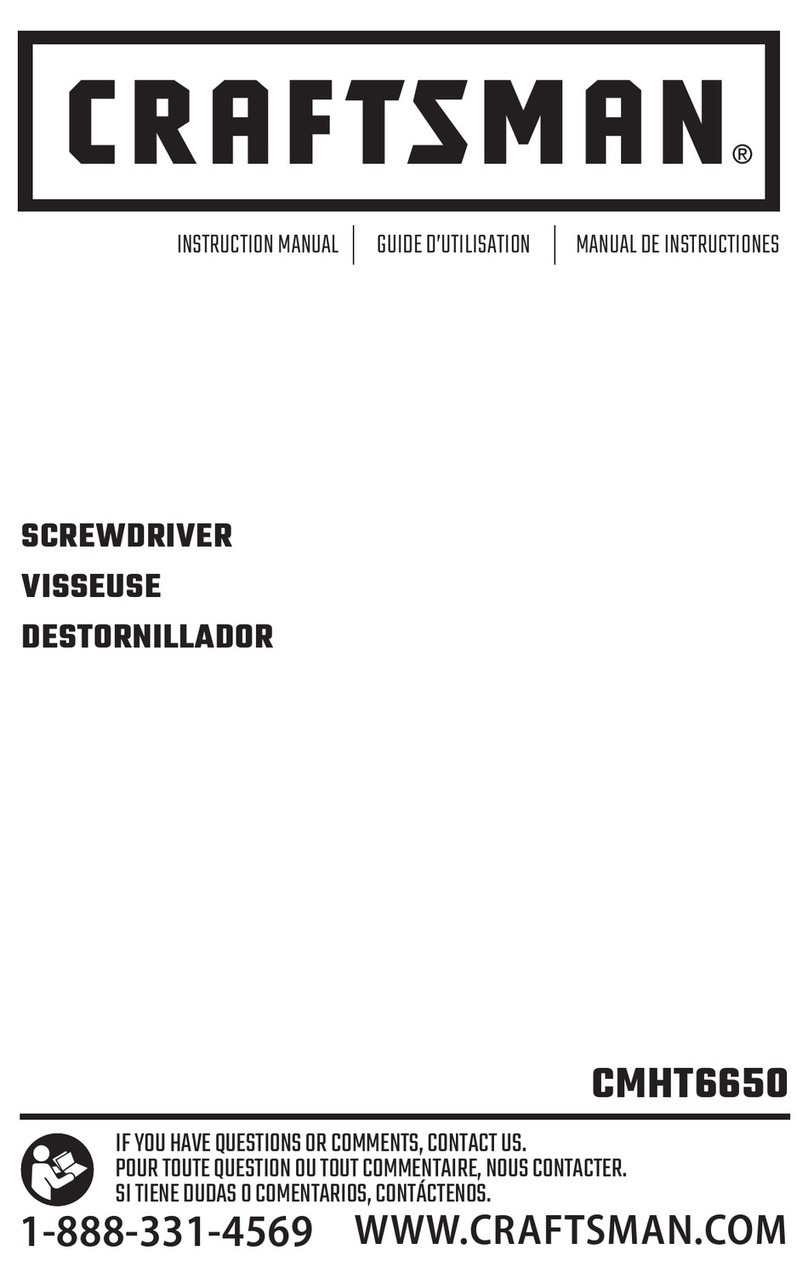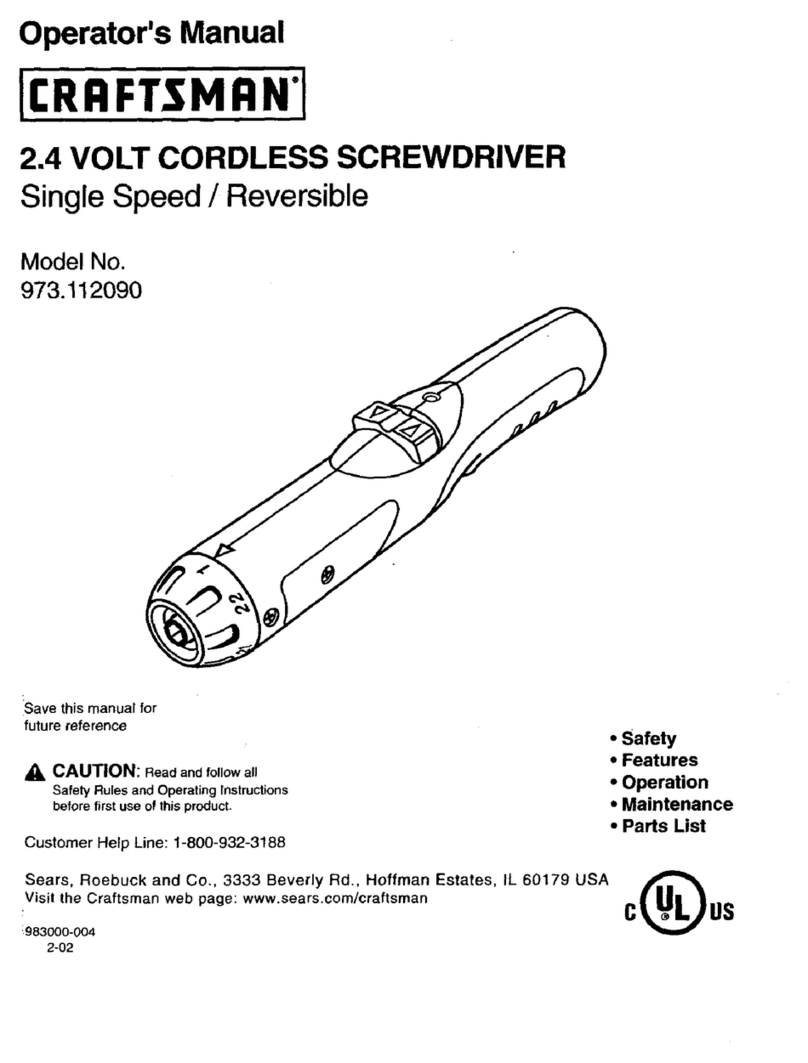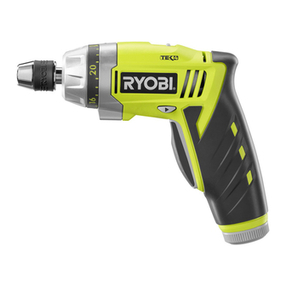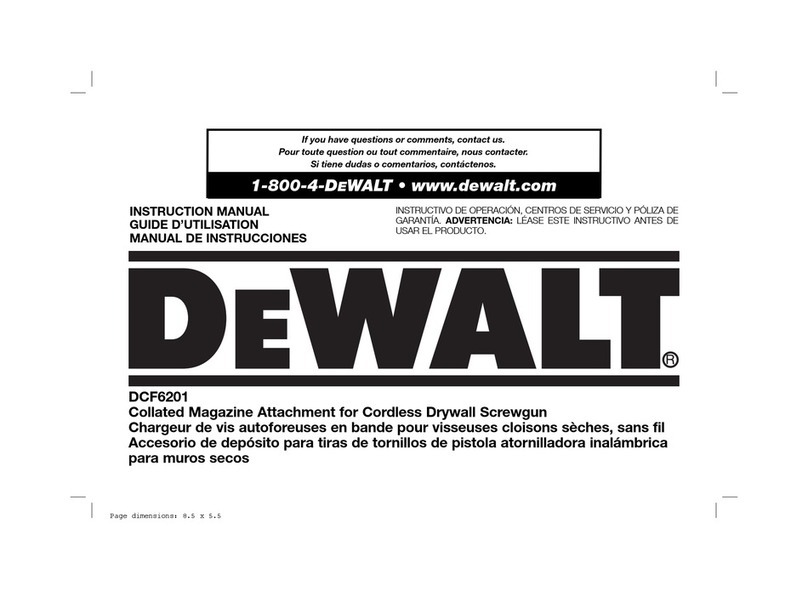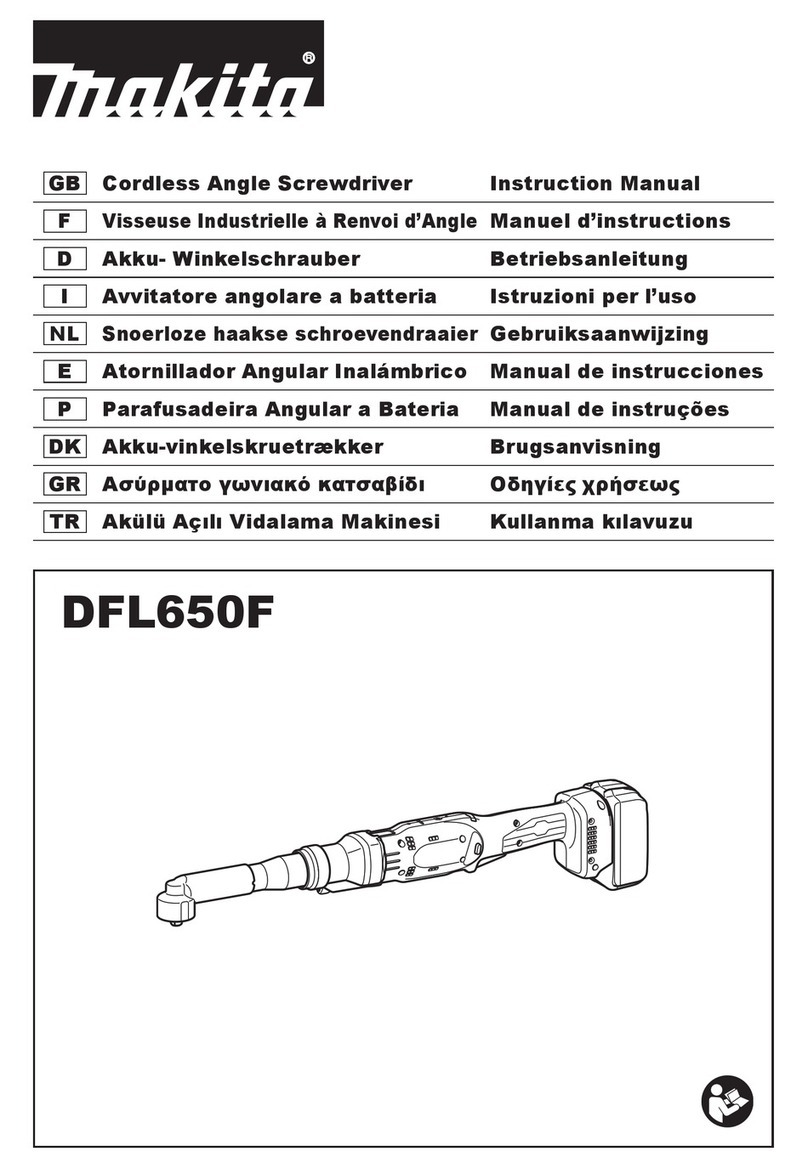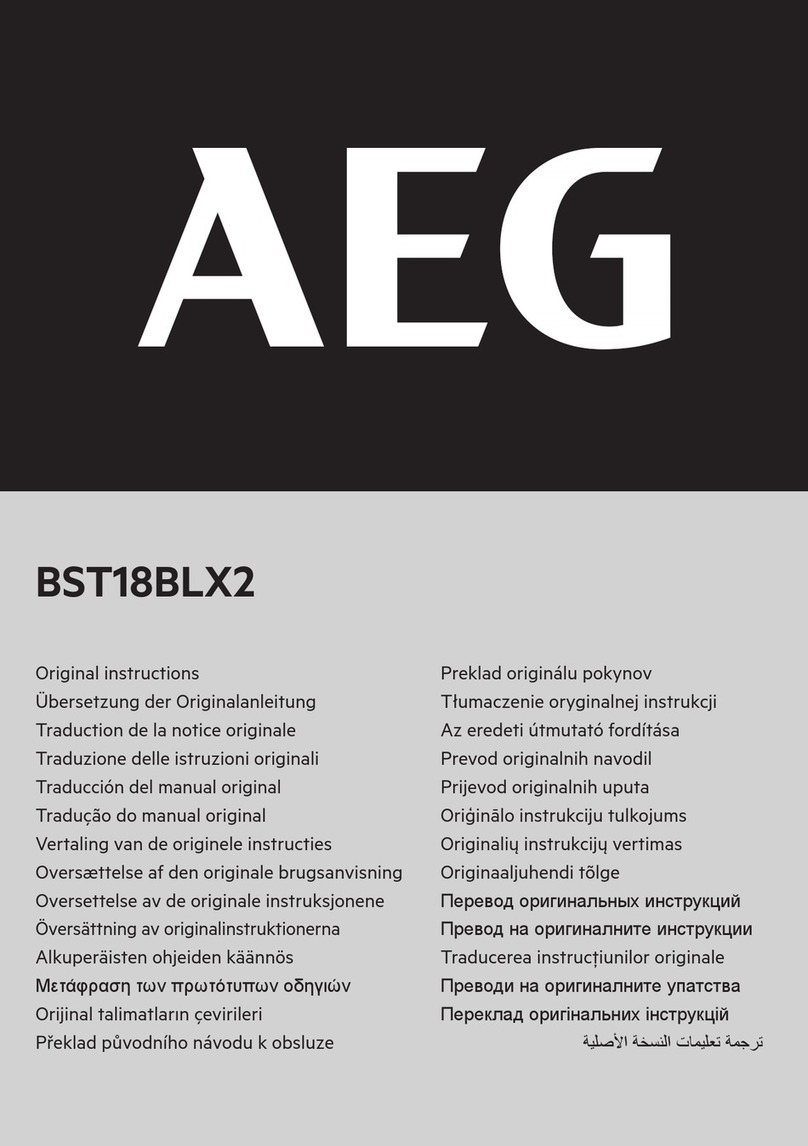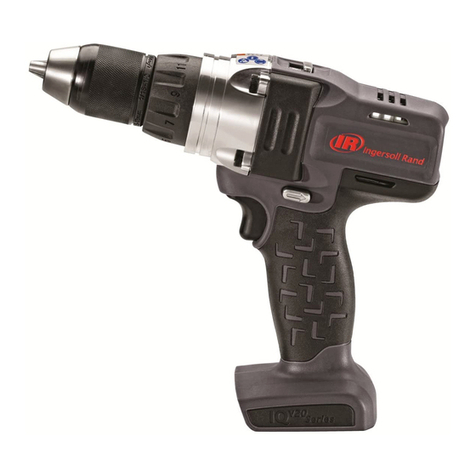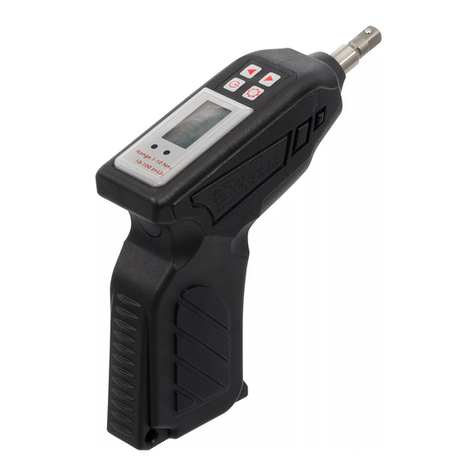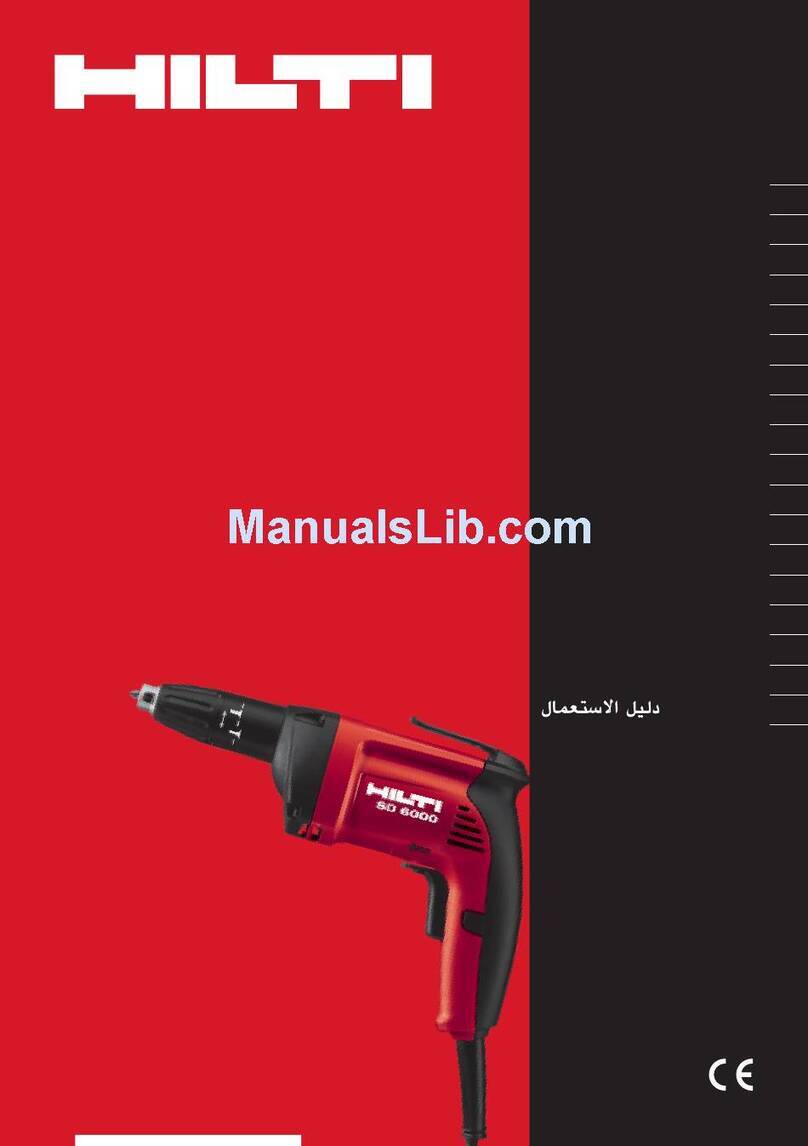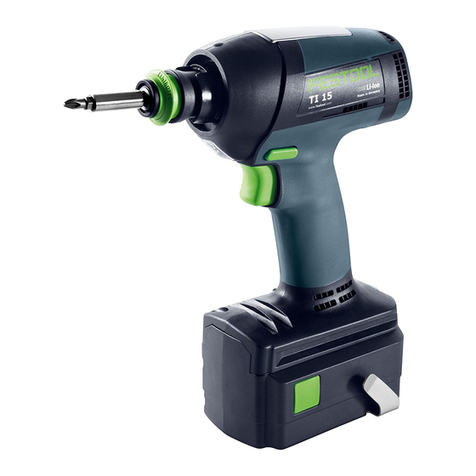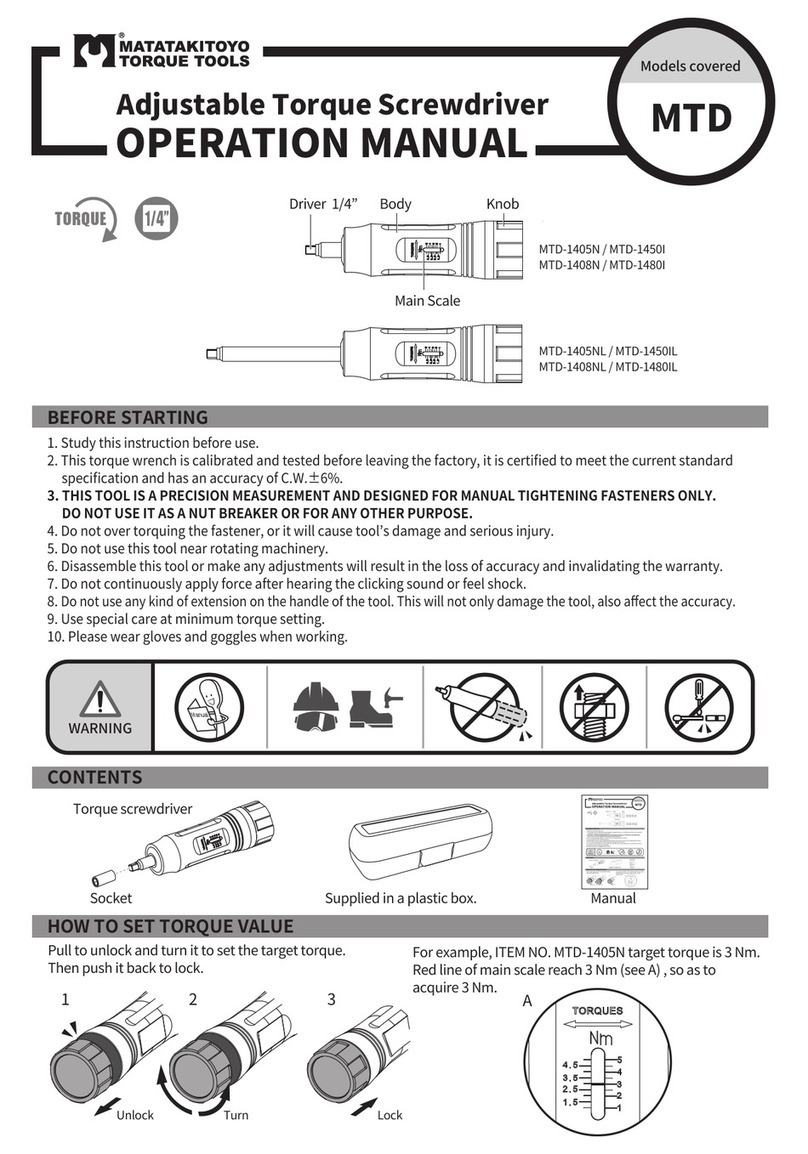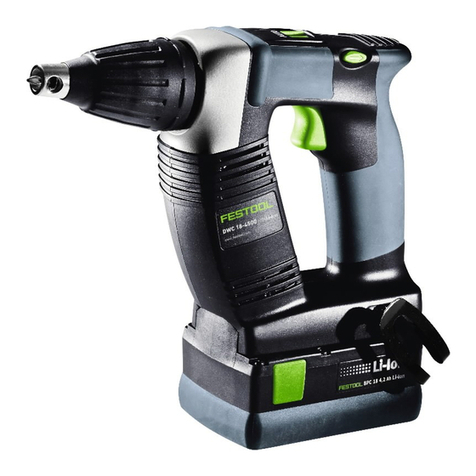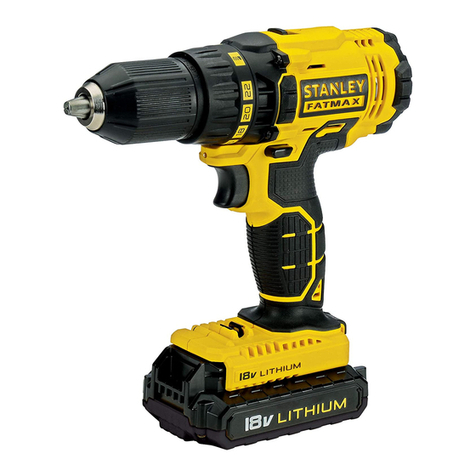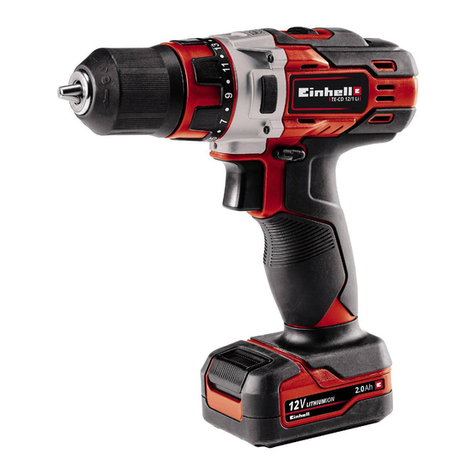01/17/02 TI_T 11:52_. FAX 864 964 3314 RYOBI CUSTO_ER SERVICE _005/012
WARNING:expl0sion"ToAdamaged batteryissubjecttOavoid seriouspersonalinjury,prOperly
disposeof adamaged battery.
Important Safety InstructiOns For Charger
• Save these instructions. This manual contains
_lmportant safety end operating instructions for
charger part number 7221801. Following this rele
will reduce the risk of electric shock, f_ro,or serous
personal injury.
•Before using battew charger, read all InstrUotions
and cautionary markings In this manual, on
battery charger, and product using bsttew
charger. Following this rule _mdoce the risk of
e!ectflc shock, fire, or seriou F personal injury.
• To reduce risk of injury, charge only nickel-
cadmium and nickel metal hydride type _'echarge-
able batteries. Other types of batteries may burst
r=ausing personal i_ury and damegQ. FoLlowingthis
role will reduce the risk of electric shock, fire. or
serious personal injuw.
• Do nat expose charger to rain or snow. Fallowing
this rule will reduce the dsk of electric shock, fire, or
sefioos personal injury.
•Use of an attachment not recommended or sold
by the battery charger manufacturer may result in
a risk of fire, electric shock, or Injury to persons.
Following this rule will reduce the risk of electric
shock, _re, or serious personal injury.
•To reduce risk of damage to charger body end
cord, pull by charger plug rather then cord when
dl_conneoting charger. Following this rule wil!
reduce the risk of sedous personal injuw.
•s_pp s_ r:n¢,;rld ;e_°oC:tee,doTotthaetir_ti_nells_ eb:ted _
to damage or stress. Following this rule will reduce
the dsk of serious personal Injury.
•An eXtension cord should not be used unless
absolutely necessary. Use of improper extension .
cord could result in a risk of fire and electric shock. If
extension cord must be used, make sure:
e. That pins on plug of extension cord ere the
same number, size end shape as those of
plug on charger.
b. Thel edenslon cord is properly wired and in
good electrical cond_'on; and
c. That wire size is large enough for AC ampere
rating of charger as specified below;
Cord Length (Feet) 25' 50' 100'
Cord Size (AWG) 16 16 16
Note: AWG = Amedcan Wire Gage
•DO not operate charger with sdamaged cord or
plug. If damaged, have replaced immediately by a
qualified serviceman. Following this rule will reduce
the risk of dectdc shock, fire, or serious personal
injury.
III Do not operate charger if hhas received a ,=harp
blow, been dropped, or otherwise damaged in any
way; take It to a qualified serviceman. FolloWing
this rule will reduce the risk of electric shock, fire, or
serious personal Injury.
•Do not disassemble charger; take It to a qualified
serviceman when service or repair is required.
incorrect reaseerebly may result In e risk of
electric shock or fire. Following this rule will reduce
the risk of electric shock, fire, or serious'personal
inju_.
•To reduce the risk of electric shock, unplug
charger from outlet before attempting any mainte-
nance or cleaning. Tumlng off Controls will not
reduce this risk. Following this rule will reduce the
risk of etectdc shock, fire, or serious personal i_ury.
• Do not use charger outdoors. Followlngthle _le will
reduce the risk of eleclric shock, fire. or serious
personal Injury.
•Disconnect charger from power supply when not
in use, Following this rule will reduce the risk of
electdc shock, tim, or sedous personal injury.
CONNECTOR OR UNINSULATED BA'I-rERY
TERMINAL,
Save these instructions. Refer to them frequently
and use them to Instruct othem who may use this
tool, If you loan someone this tool, loan there
these instructions abe. Following this ruk: will
reduc.e the risk of electric shock, fire, or sedous
personal injury.
_,WARNING: Some dust created bypower sanding,
sawing, grinding,drilling,and otherconstruction
activitiescontainschemicals knownto cause
cancer, birthdetectsor other reproductiveharm.
Some examples ofthese chemicals are'.
• lead from lead-bseed paints,
•crystallinesilicafrom bricks and cement
and othermasonry products, and
• arsenic and chremtum from chemically-
treated lumber.
Your risk from these exposures varies, depending
on haw often you do this type of work. To reduce
your exposure to these chemicals: work In e well
ventilated area, and work with approved safety
equipment, such as those dust masks that are
specially designed to filter out microscopic particles.
4

